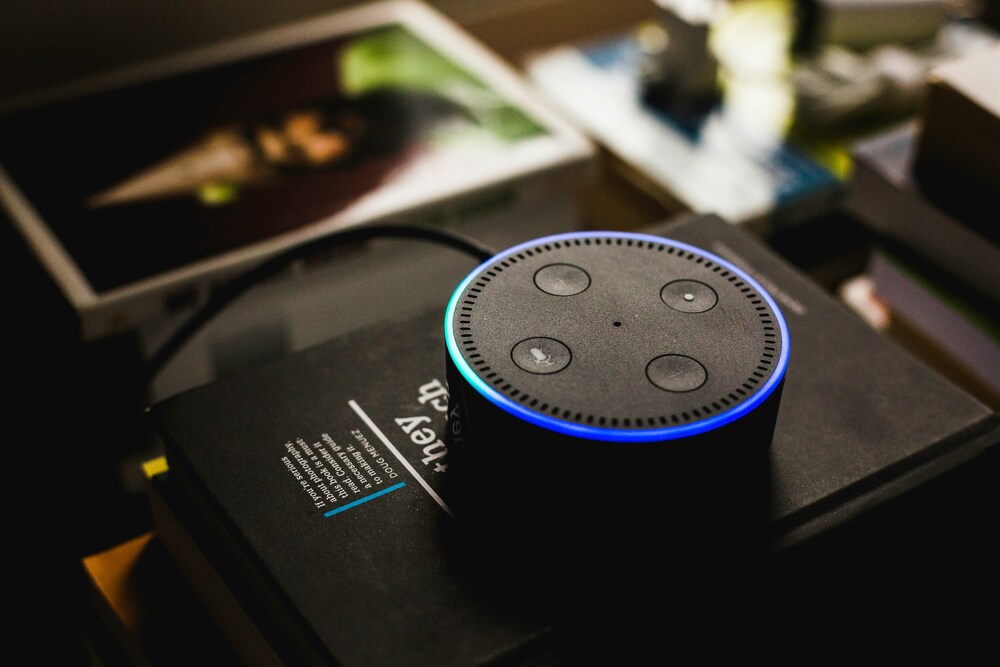- Home
- Articles
- Architectural Portfolio
- Architectral Presentation
- Inspirational Stories
- Architecture News
- Visualization
- BIM Industry
- Facade Design
- Parametric Design
- Career
- Landscape Architecture
- Construction
- Artificial Intelligence
- Sketching
- Design Softwares
- Diagrams
- Writing
- Architectural Tips
- Sustainability
- Courses
- Concept
- Technology
- History & Heritage
- Future of Architecture
- Guides & How-To
- Art & Culture
- Projects
- Interior Design
- Competitions
- Jobs
- Store
- Tools
- More
- Home
- Articles
- Architectural Portfolio
- Architectral Presentation
- Inspirational Stories
- Architecture News
- Visualization
- BIM Industry
- Facade Design
- Parametric Design
- Career
- Landscape Architecture
- Construction
- Artificial Intelligence
- Sketching
- Design Softwares
- Diagrams
- Writing
- Architectural Tips
- Sustainability
- Courses
- Concept
- Technology
- History & Heritage
- Future of Architecture
- Guides & How-To
- Art & Culture
- Projects
- Interior Design
- Competitions
- Jobs
- Store
- Tools
- More
The Future is Here: Understanding Augmented Reality

In the dynamic world of architectural design and construction, augmented reality (AR) stands out as a transformative technology, heralding a new era of creativity, efficiency, and interaction. Once a speculative notion, AR is now a tangible tool, poised to redefine the architectural landscape by enhancing the way architects visualize, design, and communicate their projects.
Augmented reality merges the digital and physical realms, overlaying computer-generated imagery, sounds, and other sensory enhancements onto the real-world environment. Unlike virtual reality (VR), which immerses users in a fully digital environment, AR enhances the real world by adding layers of digital information to it. This integration creates an interactive experience that enriches the user’s perception of their surroundings.
Table of Contents
ToggleThe Role of AR in Architecture
The impact of AR in architecture is profound, offering innovative solutions to age-old challenges as well as new opportunities for exploration and expression. Here are several key areas where AR is reshaping the field:
Design Visualization
AR enables architects and clients to visualize architectural designs in situ, projecting virtual models onto physical environments. This not only aids in understanding spatial relationships and materiality but also allows for real-time modifications and iterations, fostering a collaborative design process.
Client Presentations
With AR, architects can provide immersive presentations that allow clients to walk through virtual constructions of their projects, facilitating a comprehensive understanding of design intentions and spatial experiences. This level of interactivity can significantly enhance client satisfaction and engagement.

Construction and Site Analysis
In the construction phase, AR can overlay detailed plans and specifications onto the physical site, guiding builders and ensuring accuracy. It can also assist in site analysis, allowing architects to assess environmental factors and context by integrating data overlays, such as sunlight patterns and wind directions, directly onto the site.
Heritage Conservation
AR offers a unique avenue for heritage conservation, enabling architects and historians to overlay historical data, reconstructions, and comparisons onto existing heritage sites. This can provide valuable insights for restoration projects and enhance educational tours by bringing historical contexts to life.

Collaboration and Remote Working
The capacity of AR for remote viewing and collaboration has become increasingly relevant. Architects can share immersive models and environments with team members and stakeholders worldwide, facilitating a collaborative approach to design and decision-making, regardless of geographical boundaries.
The Future Trajectory of AR in Architecture
As AR technology advances, its integration into architectural practice is expected to deepen. Future developments may include more sophisticated AR wearables, enabling hands-free interaction with digital models and environments, and the integration of artificial intelligence (AI) to automate and enhance design processes.
Challenges Ahead
Despite its potential, the adoption of AR in architecture faces hurdles, including technological limitations, the need for standardization, and concerns about data privacy and security. Addressing these challenges is crucial for the widespread acceptance and effective utilization of AR in the field.
Augmented reality represents a significant shift in the architectural paradigm, offering new dimensions of creativity, precision, and efficiency. It bridges the gap between conceptualization and realization, providing architects with unprecedented tools to envision, refine, and communicate their designs. As we embrace this technology, we are not just witnessing the future of architecture; we are actively shaping it, promising a built environment that is more responsive, sustainable, and aligned with human needs and experiences. The journey into augmented architectural realities is just beginning, and it promises to redefine our spatial perceptions in profound ways.

To develop the future of AR in architecture, we must focus on advancing AR technology through improved hardware and software that offer greater precision, usability, and integration with existing architectural tools. This involves creating more intuitive AR interfaces and devices, such as lightweight glasses with extended battery life, and software that seamlessly integrates with CAD and BIM systems, allowing architects to easily transition between digital models and physical environments. Additionally, fostering collaborative partnerships between technologists, architects, educators, and policymakers can drive innovation, establish industry standards, and address ethical considerations related to privacy and data security. By prioritizing user-centric design, interdisciplinary collaboration, and continuous technological refinement, we can unlock AR’s full potential in transforming architectural design, visualization, and communication, making it an indispensable tool in the architect’s toolkit.
Submit your architectural projects
Follow these steps for submission your project. Submission FormLatest Posts
How Virtual Architecture Is Redefining Design From Real Time Worlds to Built Impact
Discover how virtual architecture is redefining design from static sketches to immersive,...
Designing a Starter Smart Home Without Breaking the Bank
Smart homes don’t have to cost a fortune. Many homeowners think they...
Style Meets Security: Choosing Entry Solutions That Do Both
When it comes to homes and businesses, entryways are more than just...
Top 5 Desktop Rebuild Cost Assessment Solutions for Property Professionals
Do you ever lay awake at night, playing out scene after scene...












Leave a comment